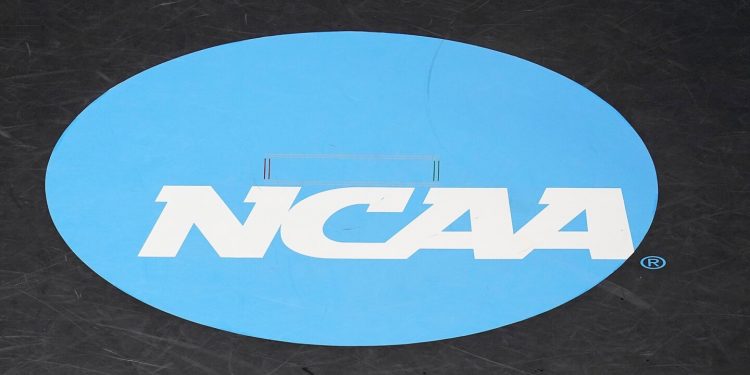The corrupt system of refusal of payment to university athletes has officially ended.
Friday, judge Claudia Wilken approved the regulations of several antitrust collective remedies which have challenged the long -standing refusal of the NCAA and its members to compensate for the athletes.
The agreement includes $ 2.8 billion in players to players in the past 10 years, as well as payments to players who have progressed.
It barely finishes chaos currently consuming university sports. The main conferences have launched the College Sports Commission (which is different from the presidential committee which was under study for a week) to regulate zero collectives which in many cases have payment programs for the game.
Here’s the problem. Any collective action of independent companies that restrict the gain capacity of athletes potentially creates a new antitrust problem.
Friday’s regulations resolve (in theory) how schools will directly compensate for players. The Nile problem is separated.
And it should be an open season, thanks to the American free business system. This is why colleges want the federal government to throw them a rescue buoy with legislation that would include an antitrust exemption.
The only really effective solution would come from the creation of a national union and the negotiation of rules concerning key issues such as remuneration limits and transfer rights. With this, however, players would have the possibility of guaranteeing protections against, for example, unlimited padded practices and a calendar all year round of intense training sessions which leave players with very little time for themselves – in particular compared to professional athletes.
The settlers are therefore not the end. It’s no longer like the end of the beginning, with much more work to do.


